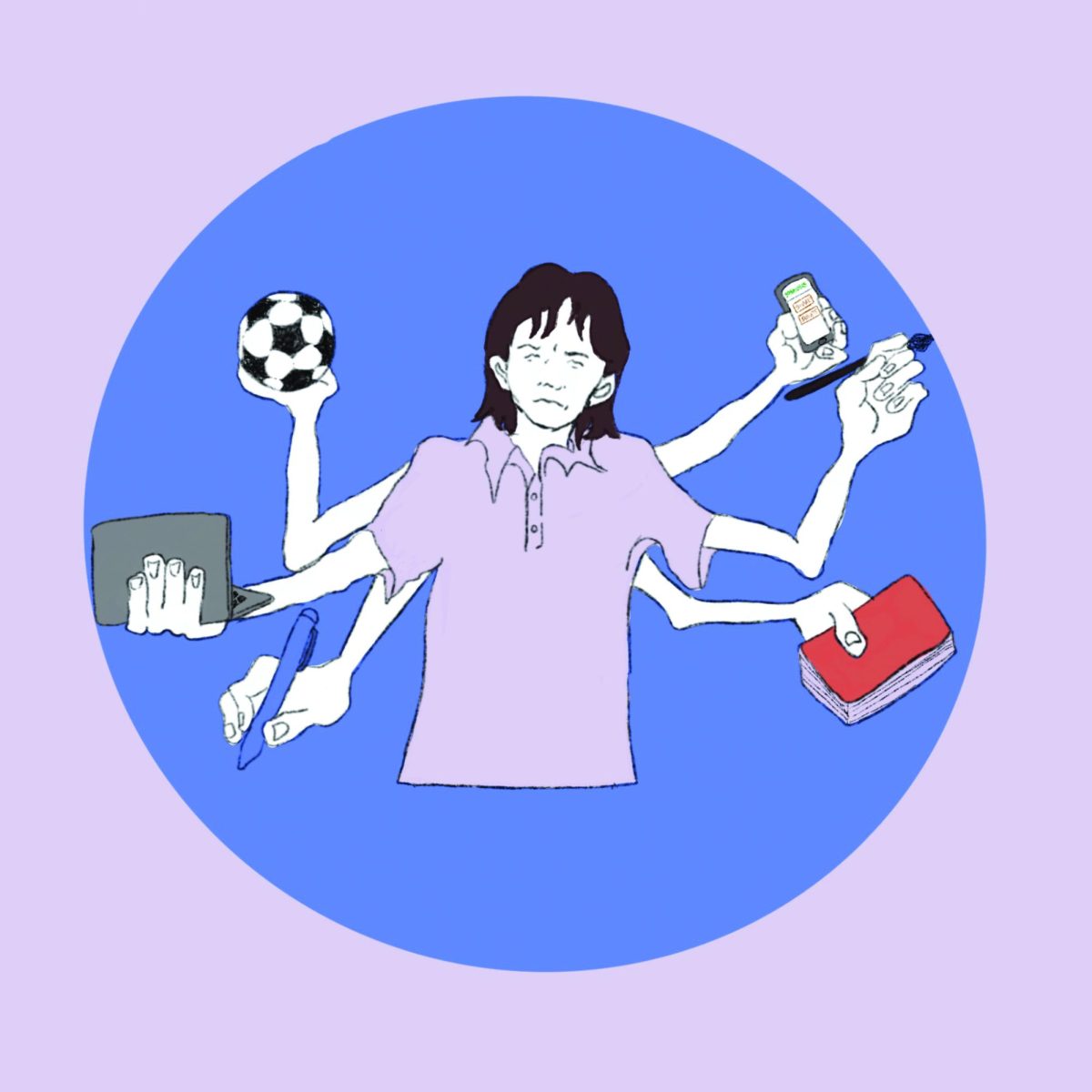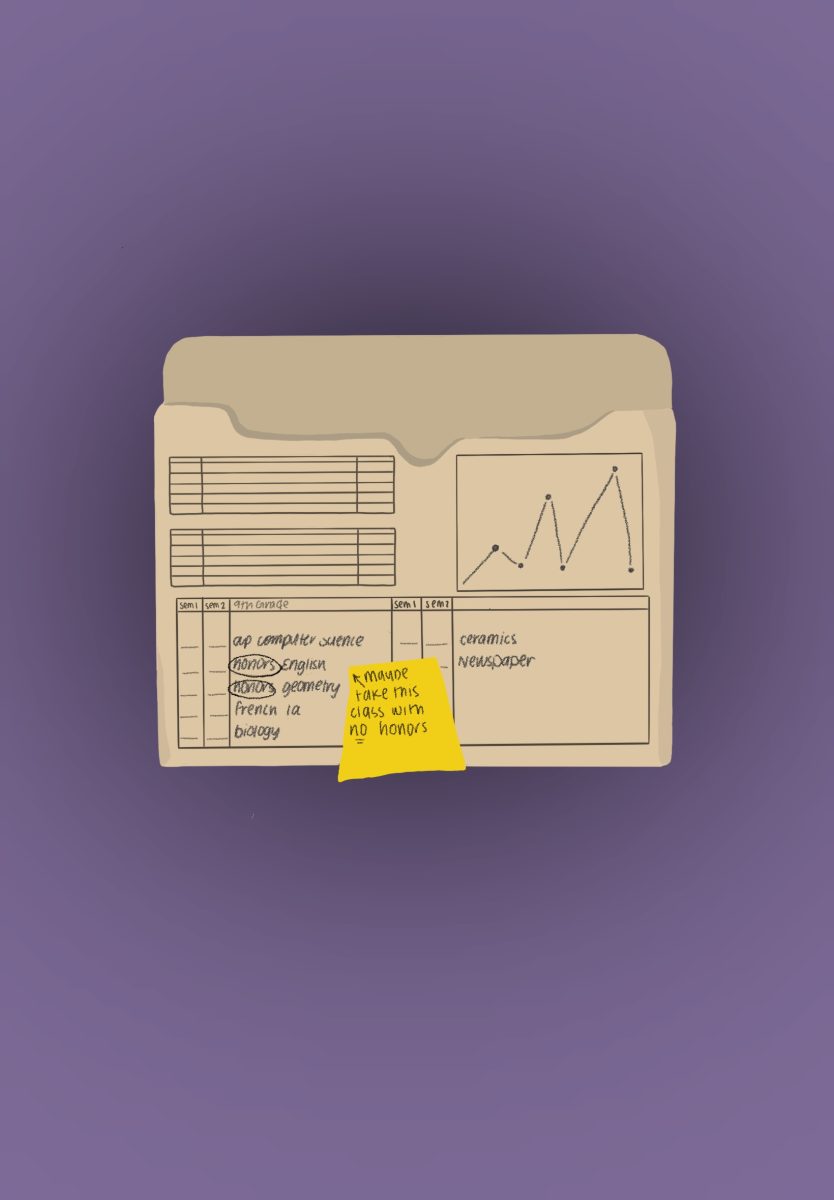Fulfilling the Marlborough physical education requirement is simple: four semesters of physical education classes. At first glance, the requirement seems great; at a time where the vast majority of children and teenagers fail to meet the weekly exercise recommendations from the Centers for Disease Control and Prevention and childhood obesity runs rampant, physical activity is critical. Amidst sweeping cuts to physical education in schools, Marlborough seems to be one of few schools that recognize physical education’s importance.
But upon closer inspection, the requirements prove flimsy, in large part due to the three required classes that fulfill 3 semesters of the PE requirement: ninth grade Health, Emergency Preparedness and Water Safety, and eleventh grade Health and Wellness. Starting in the 2019-2020 school year, the eleventh grade Health and Wellness course and the ninth grade Health class increased the amount of classtime devoted to exercise to 50%. While this is better than having no exercise requirement, it is less physical activity than one would get in a class solely devoted to PE. And with three-fourths of a student’s credits already complete, it takes just one semester-long class or sports season to meet the requirement.
The UltraViolet Editorial Board believes that Marlborough should condense the three required semesters to make room for more physical activity.

One class over four years is grossly insufficient. According to the CDC, children ages 6-17 should be engaging in physical activity at least 60 minutes a day, but among high school students, just 26.1% achieved that each of the last seven days. Even if a more robust PE requirement would not completely bridge the gap, the habits developed in the class can also lead to a more active and healthy lifestyle outside of school. A 2017 report from the Physical Activity Council reported that students who participate in PE are two to three times more likely to be active outside of school, and almost twice as likely to be active as adults. And that active lifestyle, obviously, provides a myriad of health benefits, from managing weight to preventing cancer, high blood pressure and heart disease.
Diminishing physical education requirements across the country have often been motivated by a desire to bolster time spent in academic classes. Yet far from trading off with academics, studies have demonstrated a positive correlation between physical education and academic performance. Specifically, physical activity improves the hippocampus, the part of the brain dedicated to learning, and according to the Journal of School Health physical health and healthy habits are associated with higher standardized test scores. Further, amidst a mental health epidemic among teenagers and young adults, exercise can be a crucial outlet. A Pew Research survey from 2018 reports that 96% of teenagers believe anxiety and depression are an issue for community members their age and 70% believe it is a major issue. But regular physical activity can treat many of the symptoms of anxiety by releasing endorphins in the brain and providing a sense of accomplishment for students.
In addition to the positive impact physical education has on academic performance, the sheer diversity of PE classes offered, from Yoga to Kickboxing, ensures students will be engaged and interested. The UltraViolet Editorial Board understands that PE courses are often viewed as unproductive or trite amongst a highly-academic student body. However, the benefits of more PE are numerous, long-lasting and undeniable. And if it takes graduation requirements to bolster yoga class attendance, then so be it.
Corrections: The Editorial initially incorrectly stated that there was no exercise requirement in ninth grade health and less than half of total classtime spent on exercise in eleventh grade health. However, half of classes in ninth grade health are PE classes taught by the PE Department and eleventh grade students are required to take 1 quarter of Health and 1 quarter of Self Defense.













